Flowers name in Arabic List With Pictures – اسم الزهور
Islam is the second-largest religion in the world with millions of followers. A quarter of the population believes in Allah. The Arabic language is very close to the hearts of Muslims, as the Holy Quran was revealed in the Arabic language. We will discuss flowers name in Arabic, which may also help you when choosing a beautiful name for your newborn baby. Flowers have long been symbols of purity and beauty in many cultures, so why not explore them further?
“In this section, we will cover Arabic flower names with pictures to make learning more interactive. Flowers in the Arabic language will help you explore the colorful world of nature and plants. We will also include some common flowers like roses, and their Arabic names, giving you a wider understanding of floral vocabulary. I know it’s going to be a blast learning these—the vibrant colors and unique blossoms make it truly interesting. Plus, these names may come in handy next time you’re visiting Saudi Arabia, where you’ll find beautiful crape jasmine lining the streets. If you’re curious about how other cultures name their flowers, you might also enjoy learning about Japanese Flower Names. Keep learning and growing!”
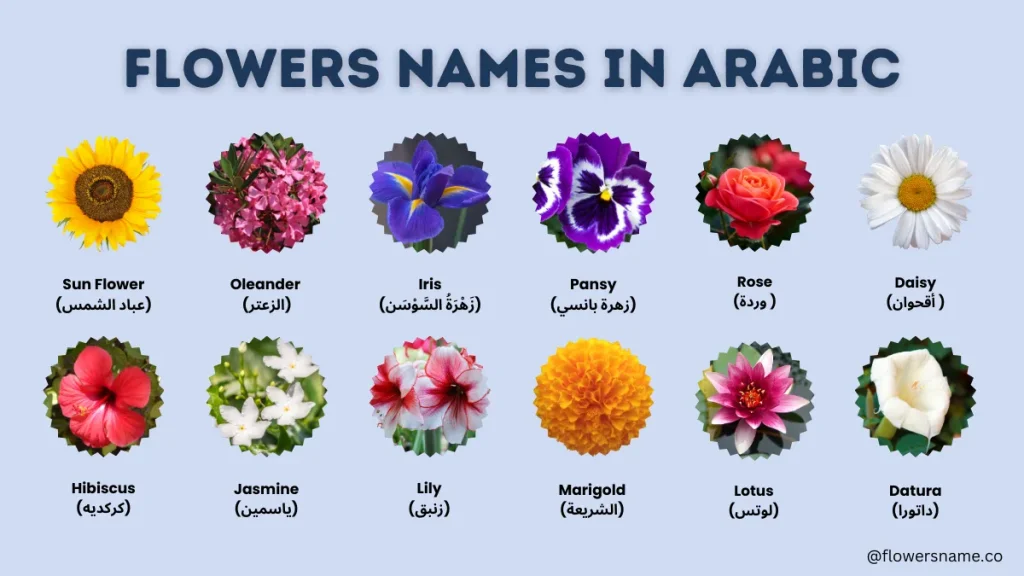
Fun fact: Did you know that in Arabic, the word for “flower” is closely tied to its root letters? Understanding the basic form of words in Arabic is key to mastering the language, which can be useful when talking about plants. For instance, words like lotus or orchid carry a rich history and meaning behind them. Whether it’s the golden trumpet or the dove orchid, flowers are a great way to explore the language’s diversity.
50 Flowers in Arabic
| List# | Flowers | English | Arabic |
|---|---|---|---|
| 1 |
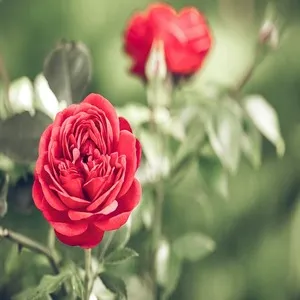 | Rose | وردة (Warda) |
| 2 |
 | Lily | زنبق (Zanbaq) |
| 3 |
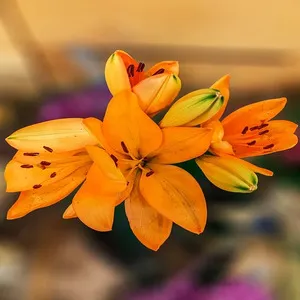 | Tiger Flower | زهرة النمر (Zahra al-Namir) |
| 4 |
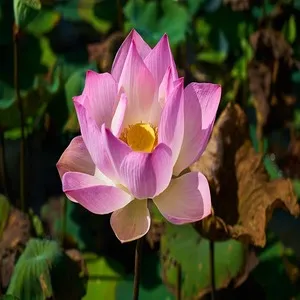 | Lotus | لوتس (Lotus) |
| 5 |
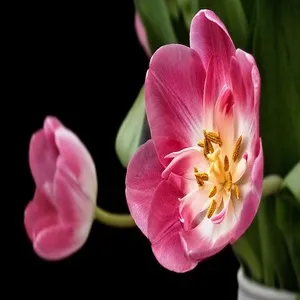 | Tulip | توليب (Tulib) |
| 6 |
 | Jasmine | ياسمين (Yasmin) |
| 7 |
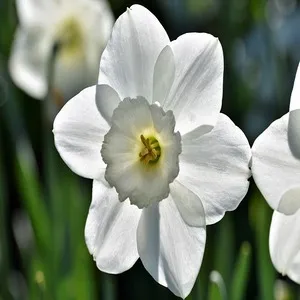 | Narcissus | نرجس (Nargis) |
| 8 |
 | Freesia | فريزيا (Freesia) |
| 9 |
 | Lavender | خزامى (Khuzama) |
| 10 |
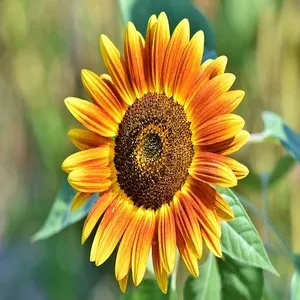 | Sunflower | عباد الشمس (A'bad al-Shams) |
| 11 |
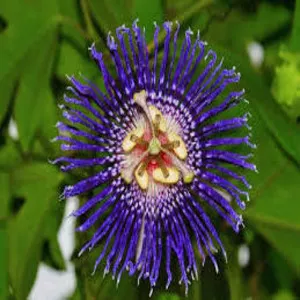 | Krishna Churamani | كريشنا تشوراماني (Krishna Churamani) |
| 12 |
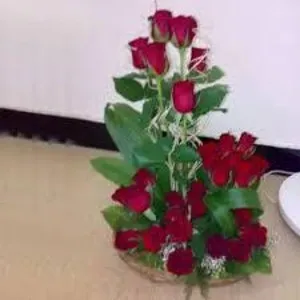 | Guldasta | گلدسته (Guldasta) |
| 13 |
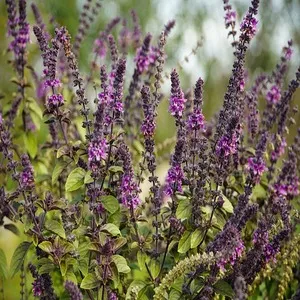 | Basil | ريحان (Rayhan) |
| 14 |
 | Squash Blossom | زهرة القرع (Zahra al-Qara') |
| 15 |
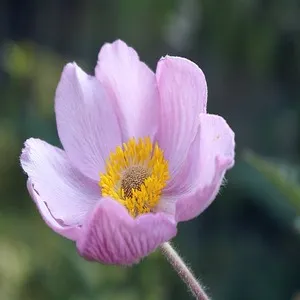 | Anemone | شقائق النعمان (Shaqaiq al-Nu'man) |
| 16 |
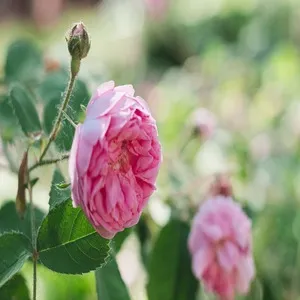 | Tea Flower | زهرة الشاي (Zahra al-Shay) |
| 17 |
 | Abol Champaa | آبول چمپا (Abol Champaa) |
| 18 |
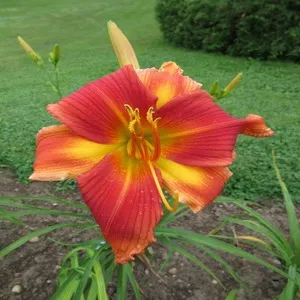 | Transformer Lily | زنبق المحول (Zanbaq al-Muhawwil) |
| 19 |
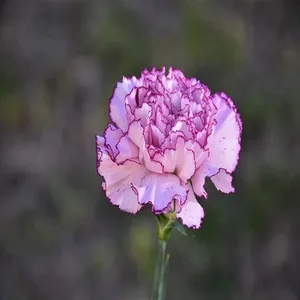 | Carnation | قرنفل (Qaranful) |
| 20 |
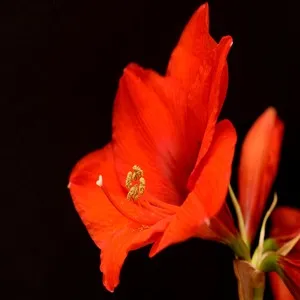 | Amaryllis | أماريليس (Amaryllis) |
| 21 |
 | Poppy | خشخاش (Khashkhash) |
| 22 |
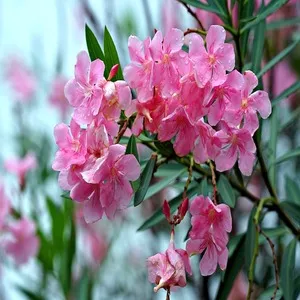 | Oleander | الزعتر (Al-Za'tar) |
| 23 |
 | Hibiscus | الحبiscus (Al-Hibiscus) |
| 24 |
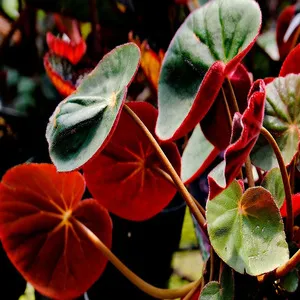 | Begunia | بيغونيا (Begunia) |
| 25 |
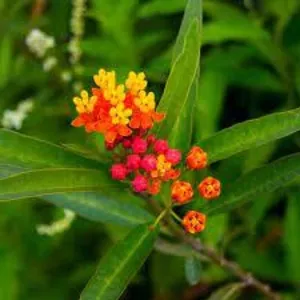 | Milkweed | حليبية (Haleebiyya) |
| 26 |
 | Sea Daisy | زهرة البحر (Zahra al-Bahr) |
| 27 |
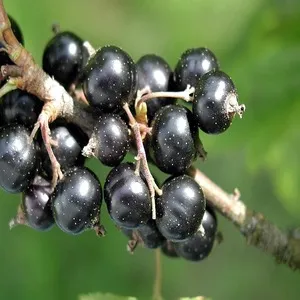 | Karvanda | كارفاندا (Karvanda) |
| 28 |
 | Pepper Blossom | زهرة الفلفل (Zahra al-Filfil) |
| 29 |
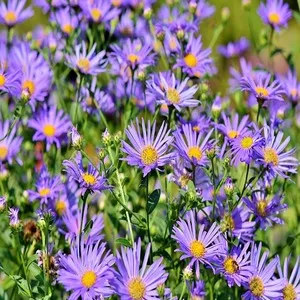 | Aster | نجمة (Najma) |
| 30 |
 | Periwinkle | الزوز الساحلي (Al-Zawz al-Sahili) |
| 31 |
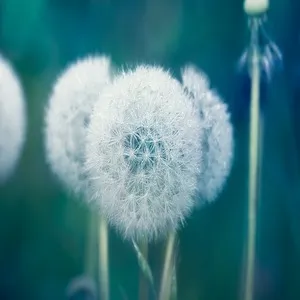 | Dandelion | نبات الهندباء (Nabat al-Hindibaa') |
| 32 |
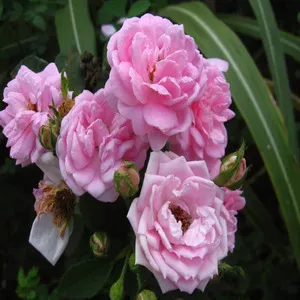 | Gulkand | گلکند (Gulkand) |
| 33 |
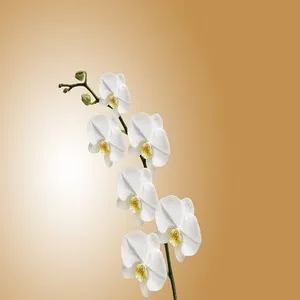 | Orchids | الأوركيد (Al-Orkid) |
| 34 |
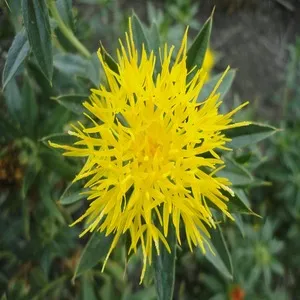 | Safflower | زعفران (Za'faran) |
| 35 |
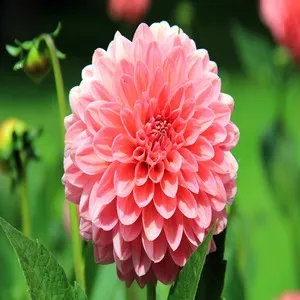 | Dalia | داليا (Dalia) |
| 36 |
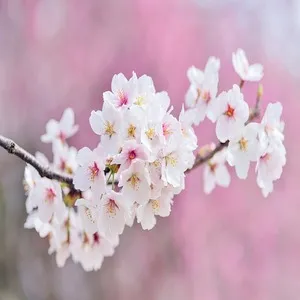 | Cherry Blossom | زهرة الكرز (Zahra al-Kurz) |
| 37 |
 | Delphinium | القرنفل البري (Al-Qarnful al-Bari) |
| 38 |
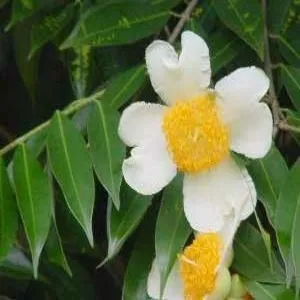 | Saffron | زعفران (Za'faran) |
| 39 |
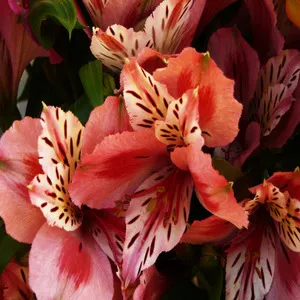 | Tia Flower | زهرة تيا (Zahra Tia) |
| 40 |
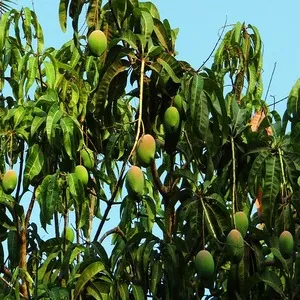 | Magnolia | ماغنوليا (Magnolia) |
| 41 |
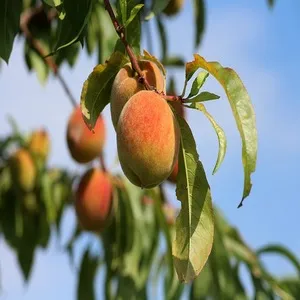 | Peach Blossom | زهرة الخوخ (Zahra al-Khukh) |
| 42 |
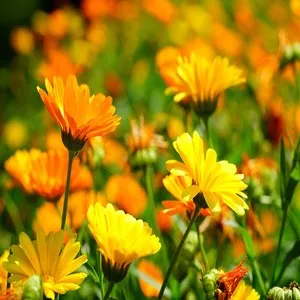 | Marigold | الشريعة (Al-Shari'a) |
| 43 |
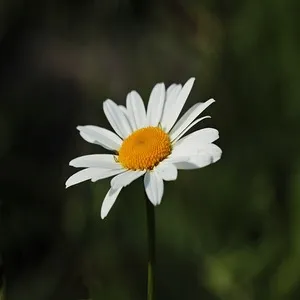 | Daisy | أقحوان (Aqhuwan) |
| 44 |
 | Onion Flower | زهرة البصل (Zahra al-Basal) |
| 45 |
 | Wisteria | زهرة البصل (Zahra al-Basal) |
| 46 |
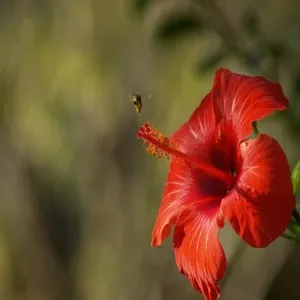 | Gulbahar | زهرة البصل (Zahra al-Basal) |
| 47 |
 | Black Violet | بنفسج أسود (Bunafsaj Aswad) |
| 48 |
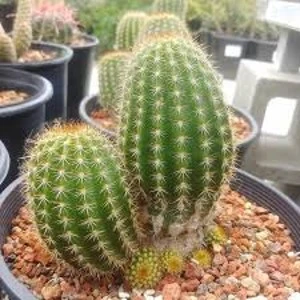 | Cactus | صبار (Sabbar) |
| 49 |
 | Wild Rose | وردة برية (Warda Bariyya) |
| 50 |
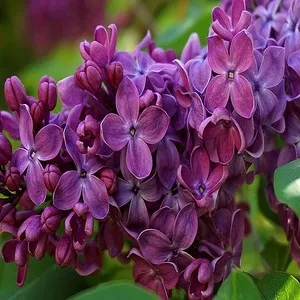 | Lilac | ليلك (Laylak) |
20 Flowers Name in Arabic
| List# | Flowers | English | Arabic |
|---|---|---|---|
| 1 |
 | Bird of Paradise | طائر الجنة (Ta'ir al-Jannah) |
| 2 |
 | Trumpet Creeper | نبات البوق الزهري (Nabat al-Buq al-Zahri) |
| 3 |
 | Garlic | ثوم (Thoom) |
| 4 |
 | Coriander Blossom | زهرة الكزبرة (Zahra al-Kuzbara) |
| 5 |
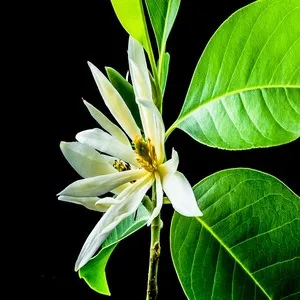 | Chempak | چمپاک (Chempak) |
| 6 |
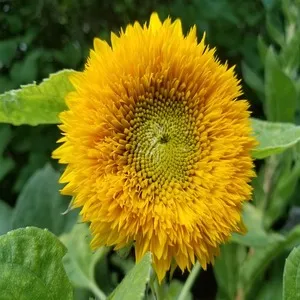 | Teddy Bear Sunflower | عباد الشمس دمية الدب (A'bad al-Shams Domyat al-Dub) |
| 7 |
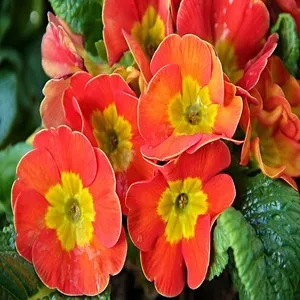 | Phulg | پھولگ (Phulg) |
| 8 |
 | Phulera | پھولیرا (Phulera) |
| 9 |
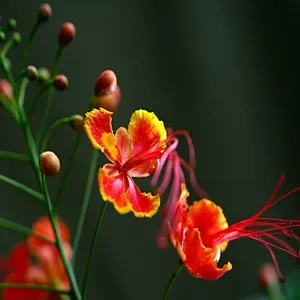 | Peacock Flower | زهرة الطاووس (Zahra al-Tawoos) |
| 10 |
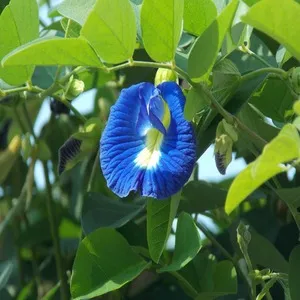 | Butterfly Pea | زهرة الفراشة (Zahra al-Farasha) |
| 11 |
 | Dahlia | داليا (Dalia) |
| 12 |
 | Tulip | توليب (Tulib) |
| 13 |
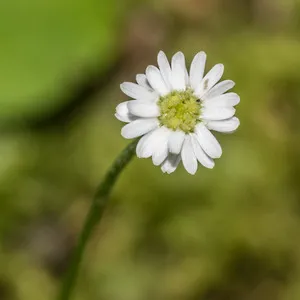 | Parani | پارانی (Parani) |
| 14 |
 | Thyme Blossom | زهرة الزعتر (Zahra al-Za'tar) |
| 15 |
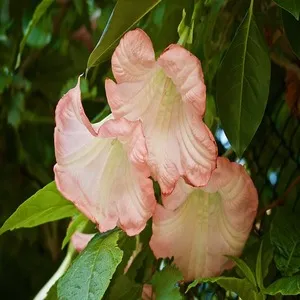 | Datura | داتورا (Datura) |
| 16 |
 | Ginger Blossom | زهرة الزنجبيل (Zahra al-Zanjabeel) |
| 17 |
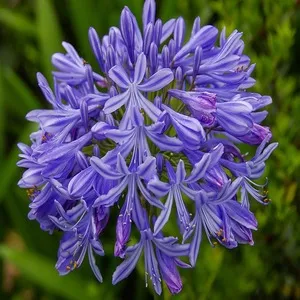 | Agapanthus | أجابانثوس (Agapanthus) |
| 18 |
 | Tea Rose | وردة الشاي (Warda al-Shay) |
| 19 |
 | Sunehra Gulab | سنہرا گلاب (Sunehra Gulab) |
| 20 |
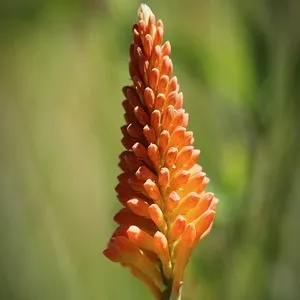 | Torch Lily | زنبق الشموع (Zanbaq al-Shumoo') |
Arabic Flowers Names Video
Final Words
In the end, I believe this information will be helpful and easy to understand. You can use these flower names in Arabic to improve your vocabulary. We’ve also included their English translations, so you can make comparisons and let the information sink in. By the way, did you notice how the lotus flower represents new beginnings in so many cultures? It’s fascinating how these symbols connect us all.
Arabic is the 3rd most spoken language in the world. It is the official language of 25 countries. And it’s no surprise that many people in India are also learning the Arabic language. The origins of this language date back to the 18th century, and its words have influenced other languages like Urdu. Whether you’re learning for religious reasons, or just for fun, expanding your Arabic vocabulary with flower names can be a great addition to your daily life.

